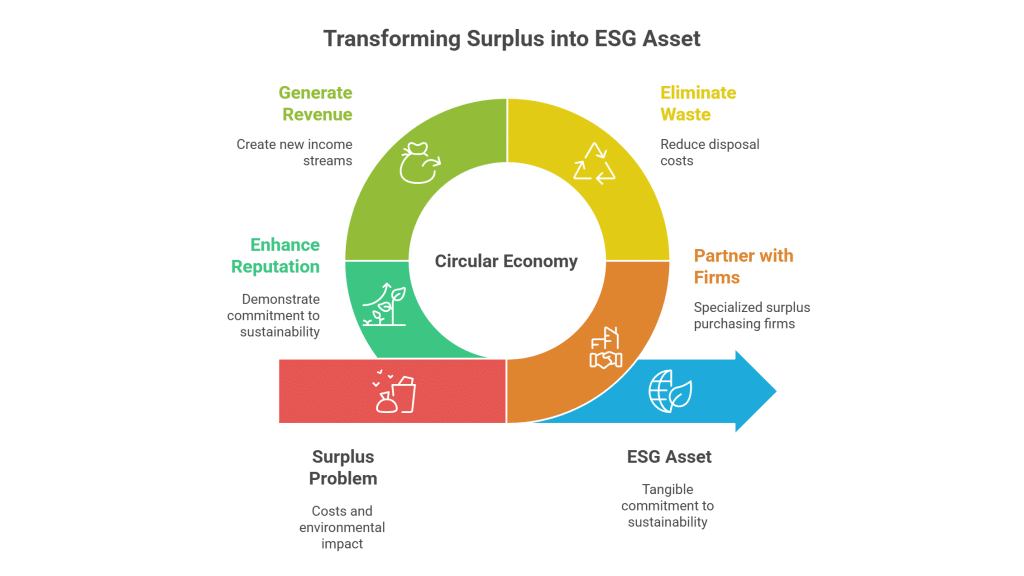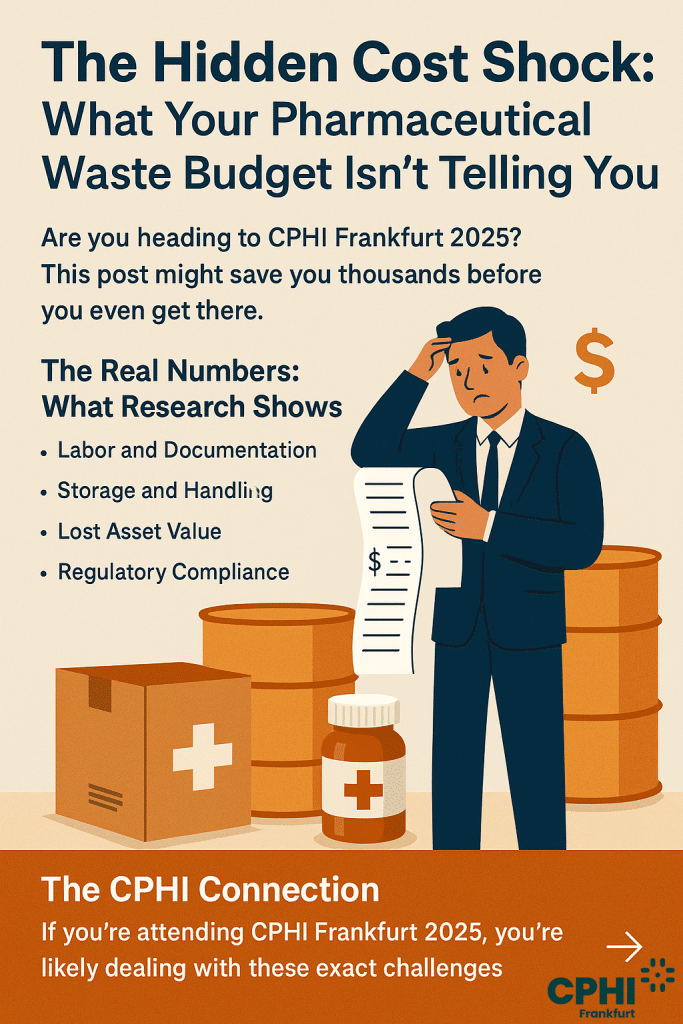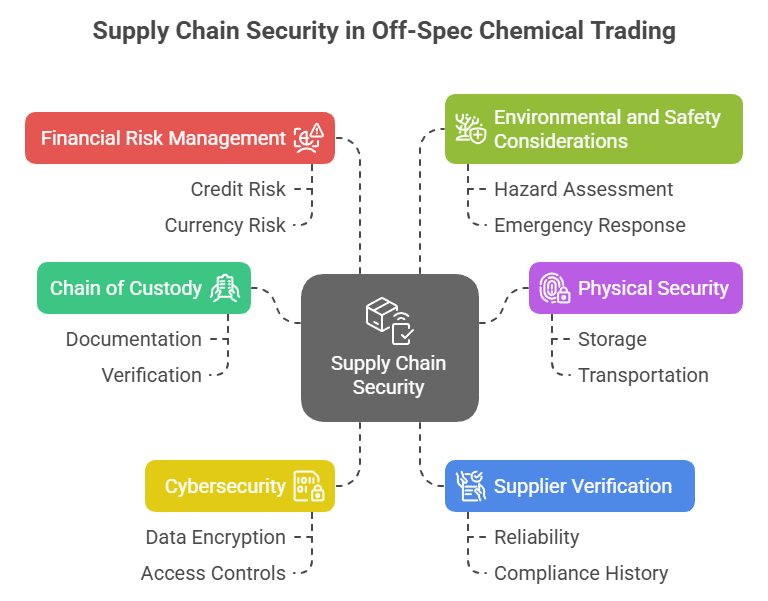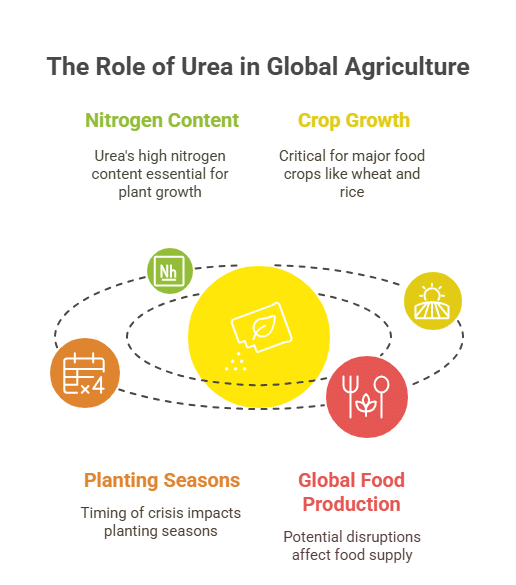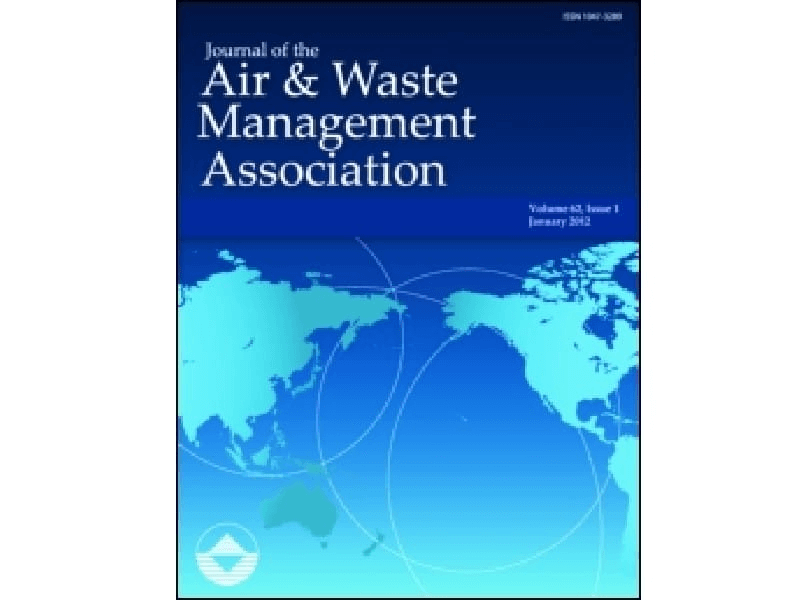Unlocking Value with Surplus Sodium Hexametaphosphate in the Food & Industrial Sector
Sodium Hexametaphosphate is a versatile specialty chemical renowned for its effectiveness as a sequestrant and emulsifying agent. In both food and industrial applications, it plays a pivotal role in enhancing moisture retention, extending shelf life, and improving product texture. As surplus inventory, this chemical represents a significant opportunity for companies to unlock hidden value and streamline their operations.
Surplus Sodium Hexametaphosphate | Food & Industrial Specialty Chemical Trading
The dynamic landscape of chemical trading now offers businesses the opportunity to buy and sell surplus chemicals, turning potential waste into profit. By offloading excess Sodium Hexametaphosphate, companies can reduce storage expenses, avoid costly disposal fees and regulatory pitfalls, and contribute to sustainability efforts. This proactive approach not only alleviates the burden of managing obsolete inventory, but also recovers costs and generates revenue, ensuring a win-win scenario for both sellers and buyers.
Sodium Hexametaphosphate in the Food & Industrial Sector
For buyers, acquiring surplus Sodium Hexametaphosphate means access to a high-quality ingredient at a reduced cost. This not only helps manage budgets more effectively but also ensures a constant supply for critical food processing and production needs, leading to affordability and reliability in manufacturing.
Sellers benefit from offloading excess Sodium Hexametaphosphate by freeing up storage space, reducing disposal costs, and mitigating regulatory risks. The sale of surplus chemicals also contributes to sustainability objectives, as it promotes the reuse of materials that might otherwise go to waste, enhancing both environmental and economic performance.
Table of Contents
Transforming Surplus Inventory into Profit in the Food Industry
A leading food processing company found itself with an excess inventory of Sodium Hexametaphosphate, a crucial ingredient for their production line. Instead of facing high disposal costs and storage issues, they opted to sell their surplus through a specialized chemical trading platform. This move not only liberated valuable warehouse space but also generated significant revenue by turning a potential loss into an investment. The purchased chemical was then effectively used by another manufacturer to enhance the quality and shelf-life of their dairy and meat products, showcasing a successful cycle of resource optimization and sustainable practice in the industry.




